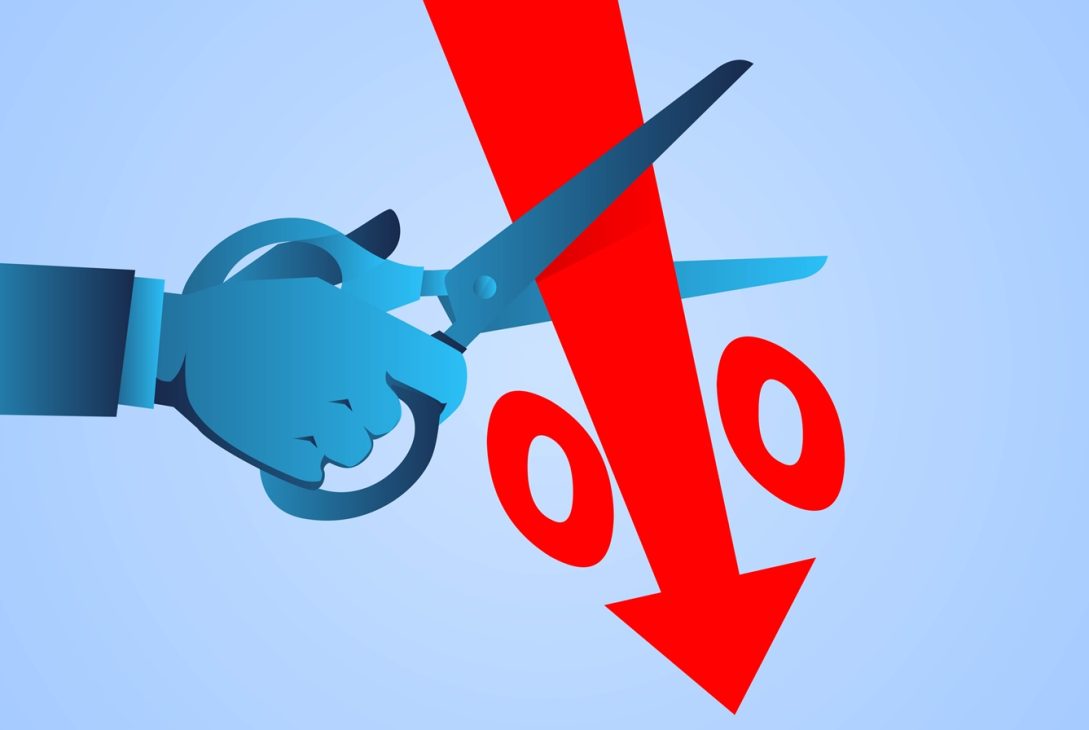Mortgage rate war heats up as big banks slash rates — “The spring market starts now”: Butler
RBC led the charge with aggressive, across-the-board cuts. The bank has trimmed rates on nearly every term, with reductions as deep as 0.65 percentage points—more than any of its competitors.
“The spring market starts now,” mortgage analyst Ron Butler told Canadian Mortgage Trends, referring to what is typically the busiest and most competitive time of year for the mortgage market.
RBC’s rate drops accompanied back-to-back cuts from TD and BMO, which have now lowered rates twice in as many weeks. As we reported earlier this month, TD recently dropped its 5-year fixed high-ratio mortgage to 3.99%, one of the lowest rates seen in months.
Since then, numerous lenders have followed suit, with some now offering high-ratio mortgages—typically for borrowers with a down payment of less than 20%—below 4.00%.
“All [of the big] banks have been offering high-ratio rates below 4% for the past 10 days,” Butler said.
The reasoning is simple, he says. While mortgage origination volumes have rebounded from their 2023 lows, they’re still well below the highs seen during the pandemic boom. As a result, banks are slashing rates to defend their market share in a much smaller pie.
In its latest credit trends report, Equifax Canada pointed to signs that mortgage demand is slowing again, citing economic uncertainty driven by ongoing fears over U.S. tariffs and a potential trade war.
“So, the fight is now on to maintain their portfolios and to keep their mortgage books from shrinking,” Butler said.
Why uninsured rates are falling faster
It’s not just high-ratio borrowers seeing rate relief—uninsured fixed mortgage rates have also been dropping, in some cases just as aggressively.
According to mortgage planner Ryan Sims, banks are lowering uninsured rates not just to catch up with declining bond yields, but also to maintain the right mix of fixed and variable-rate mortgages on their books.
“Everyone seems to know the Bank of Canada is going to keep cutting,” Sims said, pointing to a growing shift toward variable-rate mortgages.
With more borrowers betting on further rate cuts, banks are adjusting their fixed-rate pricing to ensure they don’t become overly exposed to floating-rate loans. If too many clients pile into variable rates, banks may have to hedge their books—an expensive process that they’d prefer to avoid.
“If the mix of fixed vs. floating gets too far off kilter, then banks will have to start to hedge positions on their books, and that can be expensive,” Sims explained. “Insurance on hedging rate is usually most expensive when everyone wants it, and typically we would see all the banks needing it at the same time.”
Sims also points out that fixed rates dropping below some variable rates is often a sign of an impending recession. He suspects banks are responding to this by aggressively pricing fixed rates to lock borrowers in.
“Typically, when the fixed is lower than the VRM, it signals a recession is coming, and thus lower fixed rates, and I think banks are trying everything they can to lock people in now at these rates,” he said.
Tougher competition for brokers
With the big banks aggressively discounting fixed rates for prime borrowers, brokers—already recovering from a tough few years—are finding themselves in a difficult position.
“These bank branches are getting very aggressive on not only renewals but purchases, and the spread between what the bank can offer and the broker has become a lot larger,” broker Tracy Valko of Valko Financial recently told Canadian Mortgage Trends.
While brokers can buy down rates to compete, that comes at a cost. “We can buy down the rates on the broker side, but then the compensation spread is less, and we’ve already been in a slower market over the last two or three years,” Valko said.
Butler said the latest round of rate cuts is “horrible news for 95% of brokers,” noting that only a handful of deep-discount brokers can compete head-to-head with the banks on price.
However, not everyone sees it as a bad thing. Sims argues that while big banks may offer lower rates, they often fall short when it comes to service and expertise.
“In terms of competition, I love the banks dropping rates,” Sims said. “A bank could have a rate a lot lower than mine, but they cannot and will not provide the service, education, and overall value that I can to the client.”
He added that many of his current clients came directly from the big banks, frustrated by poor communication and a lack of personalized advice.
“I would say 50% are clients of the Big Five who cannot even get a call or email returned, cannot get answers to questions they have, or think the person at the bank is completely unqualified and they do not trust them,” he said.
big bank rate cuts big banks bmo Editor's pick fixed mortgage rates fixed mortgage rates falling interest rates rbc ron butler ryan sims td
Last modified: March 26, 2025











Shameless plug for the enslavement of an entire generation of Canadians. Teaser rate to get you hooked on huge credit balances then fight to keep your head above water when the inevitable rate hike comes five years from now when you have to re-negotiate to save your family home. Why do we think this is normal? The banks work for us not the other way around increasingly this seems to not be the case. CMHC Where are you in all this? Helping to further inflate the bubble.
You said it. Theft of boomer wealth underway. They’ll never recover and what they lose wont be passed onto their kids. CHMC they’re complicit, they insured the debt to the tune of 100% GDP (US morgage debt 2007 was 72%) And Canada’s was 40% in 2000…… that when policy to target domestic housing was made…. it took a long, calculated time to get to the structurally weak, house of cards economy the BOC, banks, and CHMC built. No need to ask why it should be obvious, but in event its not let me add trade was 83% of GDP in 2000 (imports + exports) Canadian’s had steadily built a fundamentally stronger and stronger economy – a real GDP economy making and selling real things not the financially engineered economy built on flipping existing houses to one another putting each other in debt more and more. Trade dropped to 58% in 2008 and stagnanted since. Trade war will implode everything and we know this because we did it before – US Smoot Hawley import tariffs – introduced April 1929, stock market crashes Oct, March 1930 the US tariff’s enacted and swiftly Canada and the world retaliated and world trade fell by 66% over next 4yrs as every nation including the US imported and exported less. So why are they doing it again…. same reason they did the 1st time…. to steal wealth and set the stage for what comes next. Canada should not be retaliating, who increases price on themselves? Canada should be negotiating and mitigating with domestic spend projects to ensure Canadian’s have income/ can make their inflated mortgage payments. Nov 5 Trump elected. He talked tariffs constantly from there. 6 months later what solutions have politican’s arranged? Trudeau conveniently closed Ottawa so no solutions could be arranged and Carney’s in now and has not even met, called Trump re tariffs. No one plans to prevent what they have set up – the implosion of the Canadian economy and way of life.